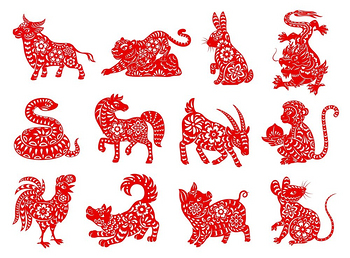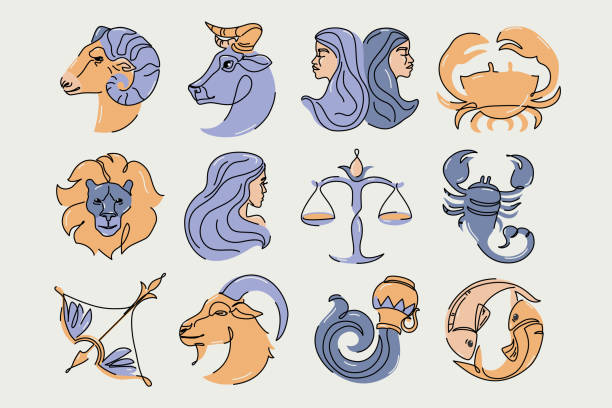
The ancient art of astrology has been practiced across various cultures for centuries, each developing its unique system of interpretation. Among these, Eastern astrology, particularly Chinese astrology, and Western astrology stand out as two distinct yet fascinating approaches. This article delves into the theoretical and practical differences between these two systems and explores how they complement each other.
Theoretical Foundations
Western astrology revolves around the zodiac, a system based on the path of the sun through the constellations over the course of a year. It originated in ancient Babylon and evolved through Greece, Rome, and medieval Europe into the system we know today. The twelve signs of the zodiac—Aries, Taurus, Gemini, Cancer, Leo, Virgo, Libra, Scorpio, Sagittarius, Capricorn, Aquarius, and Pisces—each embody unique traits and symbolic meanings. Western astrology also emphasizes the roles of planets, dividing the celestial sphere into twelve houses that correspond to different areas of life such as personal values, communication, family, and career.

In contrast, Eastern astrology, especially Chinese astrology, is deeply intertwined with traditional Chinese philosophy and cosmology. It is closely related to the concepts of Yin-Yang and the Five Elements (Metal, Wood, Water, Fire, and Earth). Chinese astrology includes methods like BaZi (Eight Characters) and Zi Wei Dou Shu (Purple Star Astrology), which analyze an individual’s fate, personality, and future possibilities based on the combination of heavenly stems and earthly branches corresponding to the birth time (year, month, day, and hour).
Practical Applications
Western astrology is often used for personality analysis, love compatibility, and understanding one’s life path. It is highly accessible and entertaining, making it popular among younger generations. The simplicity and clarity of the twelve zodiac signs allow for easy self-identification and exploration.
Chinese astrology, on the other hand, is more complex and nuanced. It employs a system of 28 constellations (Xiu) and 108 stars, which can combine into over 144 patterns and even tens of thousands of possible fates based on one’s birth date and place. This system, combined with the principles of Yin-Yang and the Five Elements, provides a comprehensive framework for decision-making in naming, career, marriage, and home arrangement.

Complementarity
Despite their differences, Eastern and Western astrology complement each other in profound ways. Western astrology excels in psychological analysis, offering insights into one’s personality, motivations, and emotional responses. It is particularly useful in understanding how different aspects of one’s life interrelate and influence one’s inner world.
Chinese astrology, with its emphasis on fate and destiny, provides a robust tool for predicting life outcomes and making practical decisions. It is well-suited for assessing the likelihood of success in various endeavors and planning for future possibilities.
Together, these two systems offer a holistic view of an individual, encompassing both the inner psychological landscape and the outer practical realities. Western astrology can help individuals explore their inner selves and understand their emotional needs, while Chinese astrology can guide them in navigating life’s challenges and making informed decisions.
In conclusion, Eastern and Western astrology, though rooted in different cultural and philosophical traditions, share a common goal: to interpret celestial movements to gain insights into human life. By recognizing their unique strengths and combining them, we can gain a more comprehensive understanding of ourselves and the world around us.

Leave a Reply